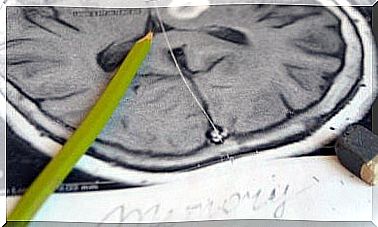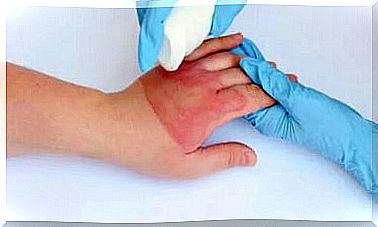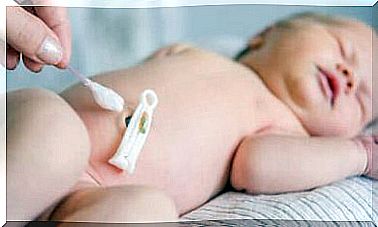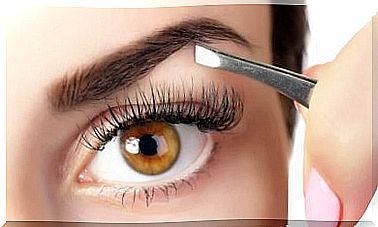What Happens When You Take Too Much Vitamin D
Vitamin D poisoning usually has no symptoms and luckily can easily be reversed. As it is not easy to detect, it is important to go to a specialist in case of doubts.

Consuming vitamins including vitamin D is essential to keep us healthy, energized, active and full of life.
However, not all of us are aware that even these supplements should be consumed in small amounts.
When you start taking vitamins, it is necessary to check how much we need and what is the established daily limit that we can take.
We should not just go to the pharmacy to buy a vial of medicine and take it without prior knowledge or advice.
We have to consider that many foods and drinks contain the amount of vitamins we need during the day, so taking a supplement would not make sense and could be harmful to health.
It is good to remember that excess is harmful.
In the case of vitamin D, it is obtained from the transformation of cholesterol influenced by the rays of the sun. Some people get enough sunlight and eat so that their reserves are up to date.
However, others need a vitamin supplement to balance the low intake of this nutrient. The mistake is to take it without a medical prescription and in the doses that we like.
At some point, it can cause poisoning.
Vitamin D poisoning

Vitamin D does not dissolve with water, which prevents the body from getting rid of it and, therefore, accumulating it. This nutrient works like a steroid hormone and circulates inside the cells.
When there is an excess in the body, the places where the vitamin can be lodged as receptors and carrier proteins are filled in and cannot perform binding.
From the moment the compound is released in the body, it begins to increase the absorption of calcium in the intestine. This causes hypercalcemia. The other places affected are soft organs such as the lungs, kidneys and heart.
Some minor conditions that can occur are:
- Nausea and vomiting
- Constipation
- Muscle fatigue and bone pain
- Anxiety and depression
- Confusion
The recommended daily intake of vitamin D should be less than 4000 IU. However, the likelihood of being poisoned by ingesting the component through food or sunlight is minimal.
To become intoxicated, the patient must have a level greater than 150 ng / ml (375 nmol / l) in the blood.
Fortunately, almost all cases of toxicity are reversible, and few cause artery calcification or kidney failure.
Symptoms of poisoning
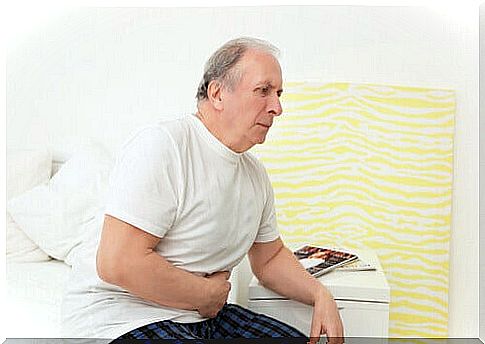
Sometimes vitamin D toxicity does not show symptoms. However, in moderate cases some of the following conditions are present:
- Hypercalcemia
- Nausea and vomiting
- Constipation
- Anxiety
- Weakness
- Altered consciousness
- High blood pressure
- Renal failure
- Hearing loss
Method to eliminate the toxicity of vitamin D
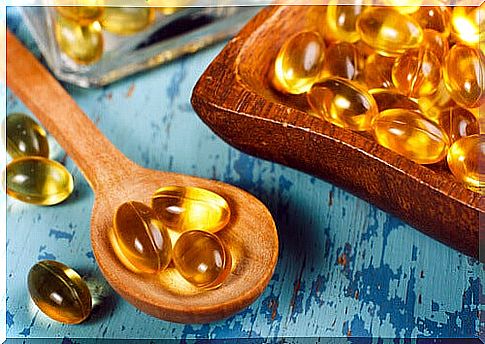
First of all, we need to seek a medical consultation where we will be prescribed the necessary tests to detect the levels of the component in the blood.
It is important not to go to the laboratory without first consulting a doctor.
We will eliminate vitamin D supplements if you have abnormally high levels. Even when consuming 10,000 IU per day, the risk of toxicity remains low. However, it is best to keep the intake below 4000. For children and older adults, 700 IU per day will be sufficient.
We also need to be aware of how much vitamin D we consume per day. If we have enough exposure to the sun’s rays, it is not necessary to take a supplement. Usually, this medication is prescribed to people in places of residence where there is little or no sunlight.
Evaluate your food intake: fish, beans, fortified milk or orange juice, among others, can provide between 600 and 1000 IU per serving. This, added to exposure to the sun, makes it possible to reach the quota the body needs.
It is also necessary to reduce the consumption of supplements or foods rich in calcium.
Increase the consumption of products containing sodium, as well as liquids.
It should be noted that excess vitamin D can take months and even years to manifest, so it becomes a very difficult disease to detect.
You must learn to differentiate your symptoms from other illnesses and be prepared for any changes.



